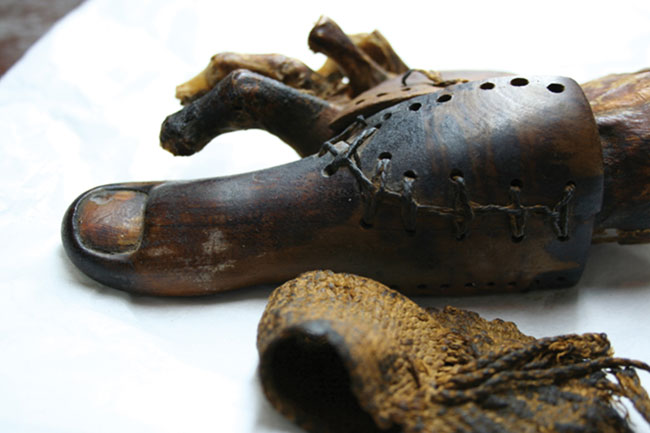Egyptian Antiquities Are Safe, Museum Scientist Says

Rumors that the Egyptian Museum in Cairo caught fire yesterday (Feb. 2) were just that, according to Zahi Hawass, secretary general of the Supreme Council of Antiquities, on his blog today.
"Again, I want to tell everyone that all the fights and fires in Tahrir Square that many people saw on television yesterday did not affect the Egyptian Museum, Cairo, at al," Hawass wrote.
Al Jazeera reports suggested the monuments of Saqqara -- a large burial ground of Ancient Egypt referred to as the "City of the Dead" -- had been damaged and that items were stolen, Hawass wrote. "This is not true."
In fact, while the break-in at the Egyptian Museum on Friday (Jan. 28) resulted in 70 broken objects (all of which will be restored), Hawass said all of the Egyptian monuments are safe.
In a blog post on Feb. 2, he wrote: "I would like the people of the world to know that today all of the Egyptian monuments are safe. All the archaeological sites in Aswan, such as the Temple of Philae, the Unfinished Obelisk, the Island of Kalabsha, the Tombs of the Nomarchs, and Elephantine Island are completely safe. The temples of Edfu and Kom Ombo are also safe. All of the tombs in the Valley of the Kings, Valley of the Queens, Tombs of the Nobles, and the temples of Luxor and Karnak are safe. The temples of Dendera, Abydos, the sites in Akhmim, and all sites in Middle Egypt, such as Tuna el-Gebel, Amarna, and Beni Hasan, are safe. All sites in Alexandria are safe. All the mosques, synagogues, and monasteries are safe; nothing has happened to any of them."
And amidst reports of violence on the Cairo streets, Hawass points out the Egyptian people are keeping watch over these ancient treasures.
"I want people to know that after 9 days of protests, the monuments are safe. Why? Because the Egyptian people are protecting them," he wrote.
Sign up for the Live Science daily newsletter now
Get the world’s most fascinating discoveries delivered straight to your inbox.
- Images: Amazing Egyptian Discoveries
- Image Gallery: The Seven Ancient Wonders of the World
- Missing Pieces from Statues of King Tut's Grandparents Found
You can follow LiveScience Managing Editor Jeanna Bryner on Twitter @jeannabryner.
Jeanna Bryner is managing editor of Scientific American. Previously she was editor in chief of Live Science and, prior to that, an editor at Scholastic's Science World magazine. Bryner has an English degree from Salisbury University, a master's degree in biogeochemistry and environmental sciences from the University of Maryland and a graduate science journalism degree from New York University. She has worked as a biologist in Florida, where she monitored wetlands and did field surveys for endangered species, including the gorgeous Florida Scrub Jay. She also received an ocean sciences journalism fellowship from the Woods Hole Oceanographic Institution. She is a firm believer that science is for everyone and that just about everything can be viewed through the lens of science.










